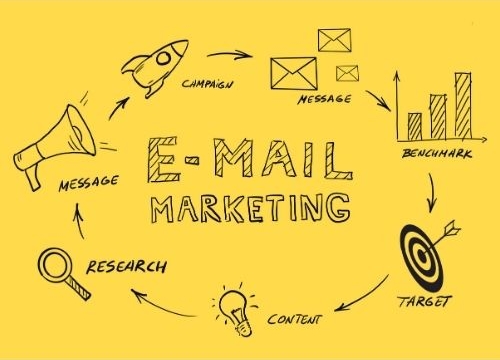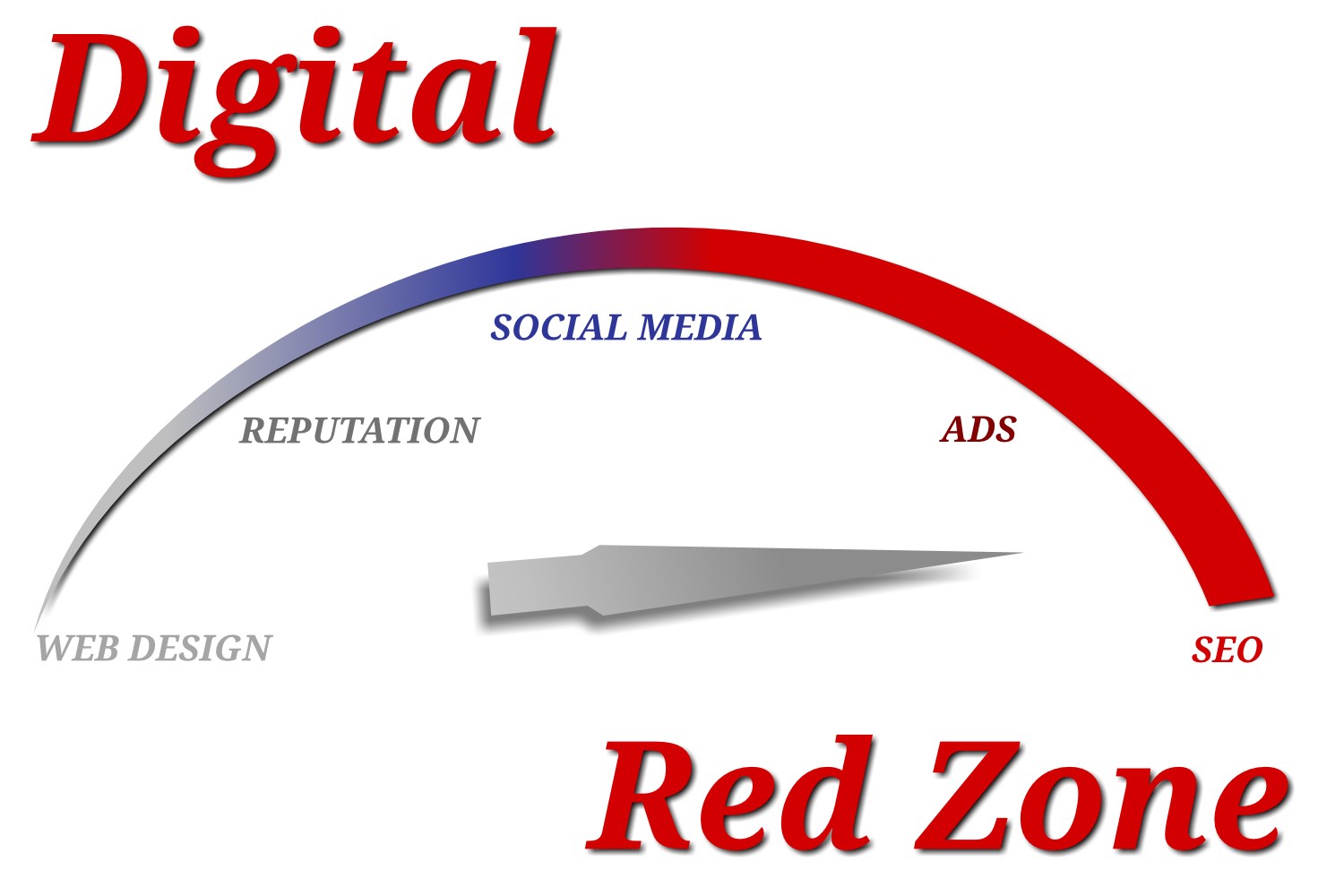Email Marketing Strategies
The number one strategy we use at Digital Red Zone is personalized messages in our email marketing campaign. Look at it like your trying to get invited into someone's home. You don't just barge in and sit on the couch, and you don't want to overwhelm someone by just trying to sell something. We create personalized messages for every email sent that will spark interest with the viewer and get a response. Another strategy we use is market segmentation. Market segmentation is when we decide where and to whom we want to send your promotional emails. We will not be sending emails to random users just to say we sent them and we do not guess at Digital Red Zone.

One very useful email marketing strategy we use is testing or emails for accuracy, response time, and if the viewer is current or new customer. This will allow us to better target potential customers and improve content based on how your current customers react. At Digital Red Zone we look to improve every day to make you more money!
Email marketing offers an array of strategies that can be highly effective for small businesses. Here are the top three email marketing strategies tailored for small enterprises:
- Segmentation and Personalization:
-
- Segmentation: Divide your email list into distinct segments based on criteria like purchasing behavior, geographical location, engagement levels, or specific interests. This ensures that the content is relevant to the recipient, increasing the chances of engagement and conversion.
- Personalization: Go beyond just addressing the recipient by their first name. Tailor the content, offers, and recommendations based on past interactions, preferences, or behaviors. Personalized emails resonate better and can lead to higher open rates and conversions. For example, you could send personalized discount codes on a customer's birthday or anniversary of their first purchase.
- Automated Email Campaigns:
-
- Welcome Series: When someone subscribes to your email list, trigger an automated series of welcome emails. This can include an introduction to your brand, a special offer for new subscribers, and highlights of popular products or content.
- Cart Abandonment Emails: If a customer adds a product to their cart but doesn't complete the purchase, send them a reminder or incentive to finalize the purchase. This recaptures potential lost sales.
- Post-Purchase Follow-ups: After purchase, send a thank-you email, request a review, or suggest related products. This not only enhances customer satisfaction but also encourages repeat business.
- Re-engagement Campaigns: For subscribers who last opened your emails a while ago, design a series to re-engage them, offering special deals or highlighting what they've missed.
- Value-driven Content and Consistent Engagement:
-
- Educational Content: Instead of just promotional content, send emails that educate your subscribers. This can include how-to guides, industry news, or tips related to your products or services. By offering value, you position your business as an authority in your field.
- Regular Newsletters: Maintain consistent communication with your subscribers through regular newsletters. This can feature new products, company updates, customer testimonials, or curated content. A consistent schedule (e.g., monthly or bi-weekly) keeps your brand top-of-mind.
- Exclusive Offers: Give your email subscribers exclusive access to sales, promotions, or new product launches. This adds an incentive to stay subscribed and engaged with your emails.
Expert Tip:
While these are the top three strategies, it's essential to remember that email marketing's effectiveness often lies in the details: the subject line's catchiness, the email design's responsiveness, the call-to-action's clarity, and the timing of the send. Testing and iterating based on performance metrics will ensure that a small business maximizes the benefits of its email marketing campaigns.
